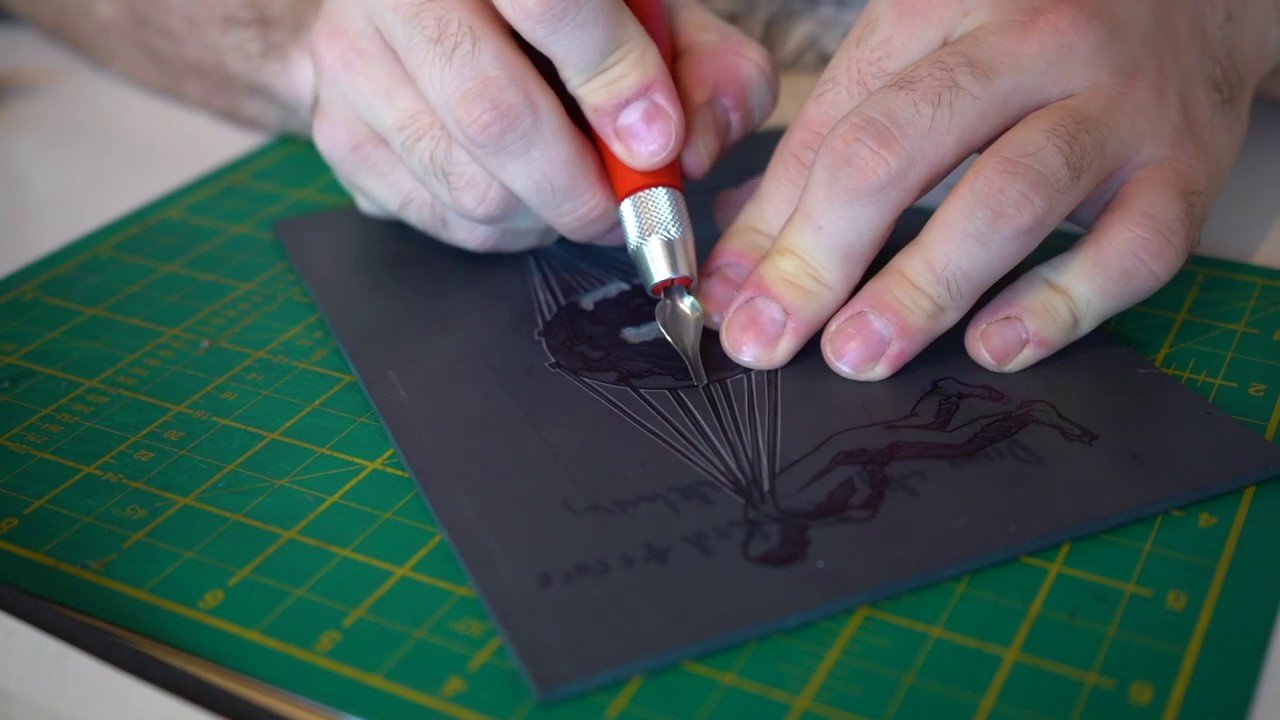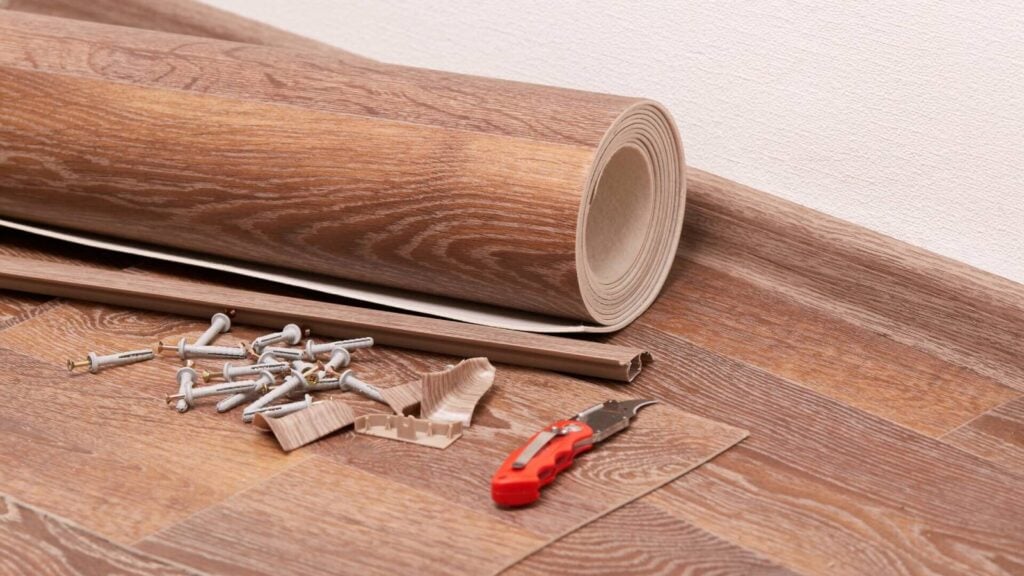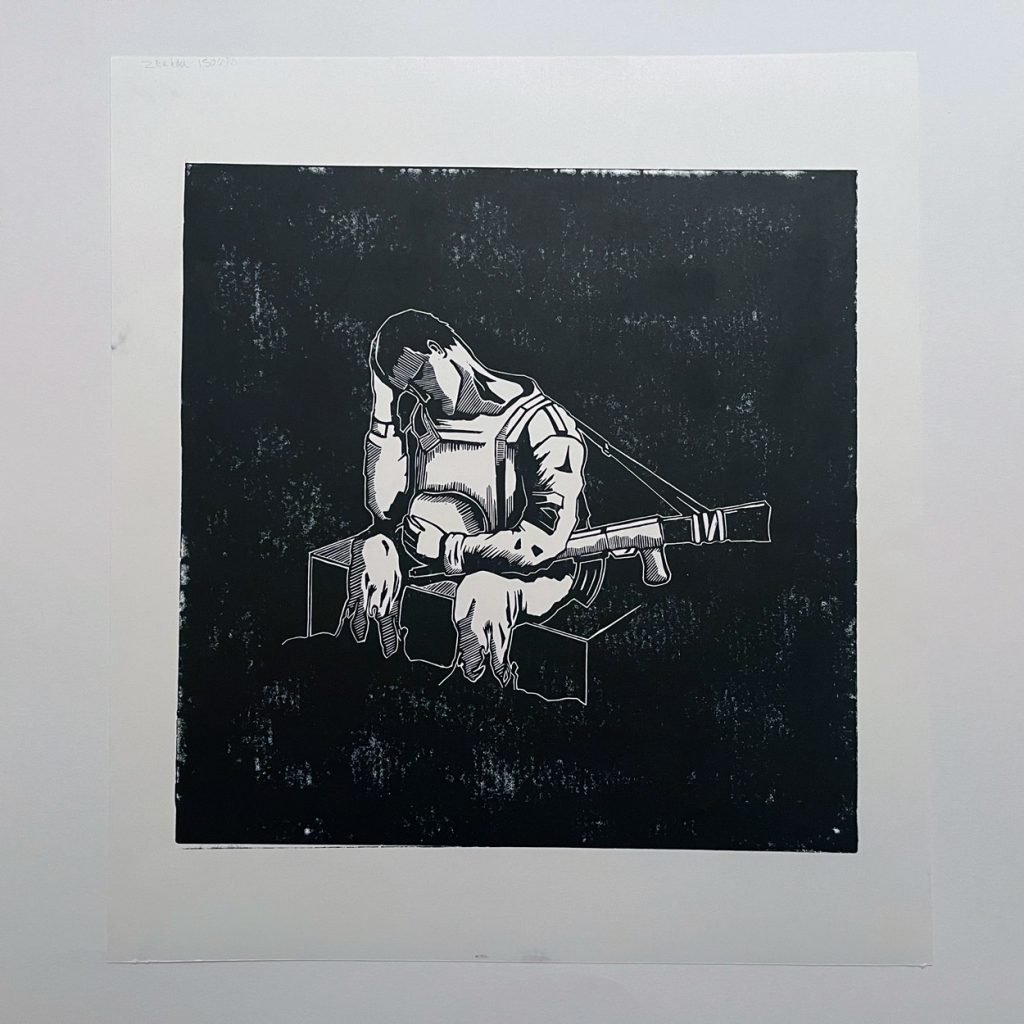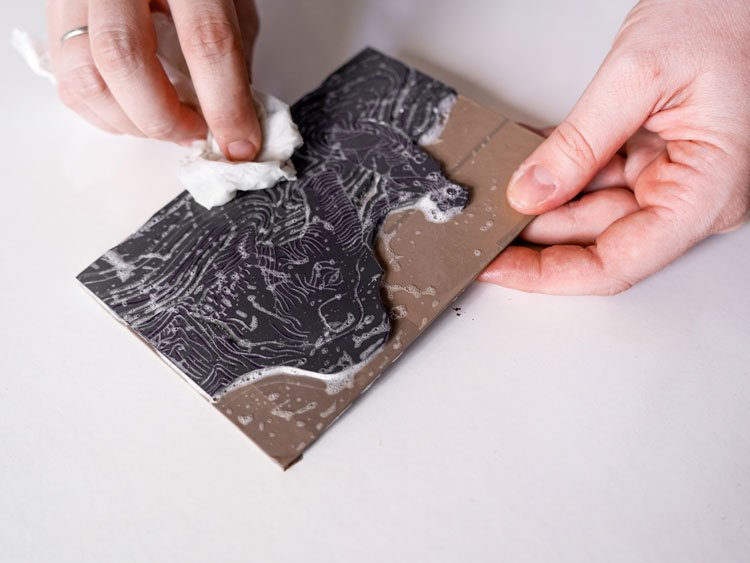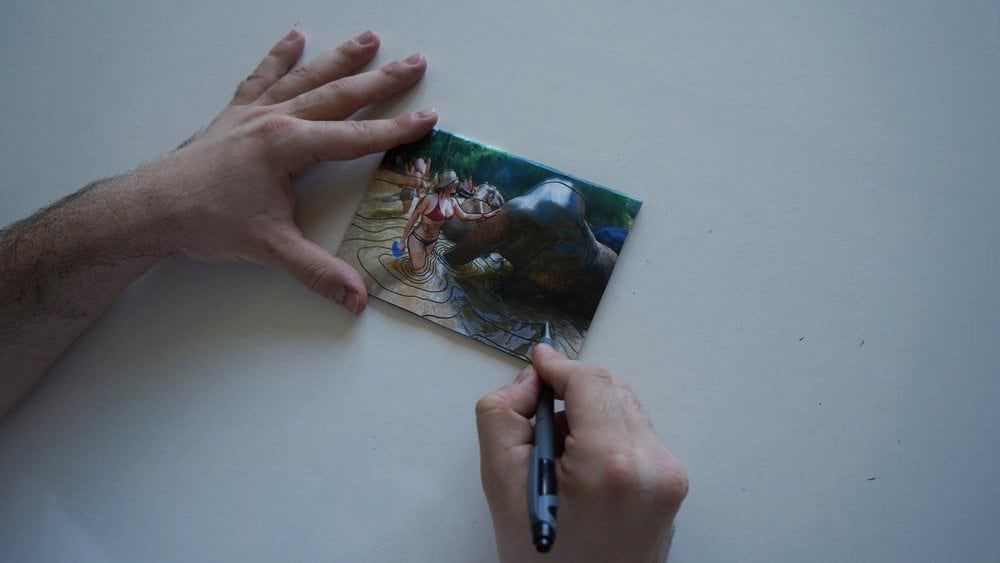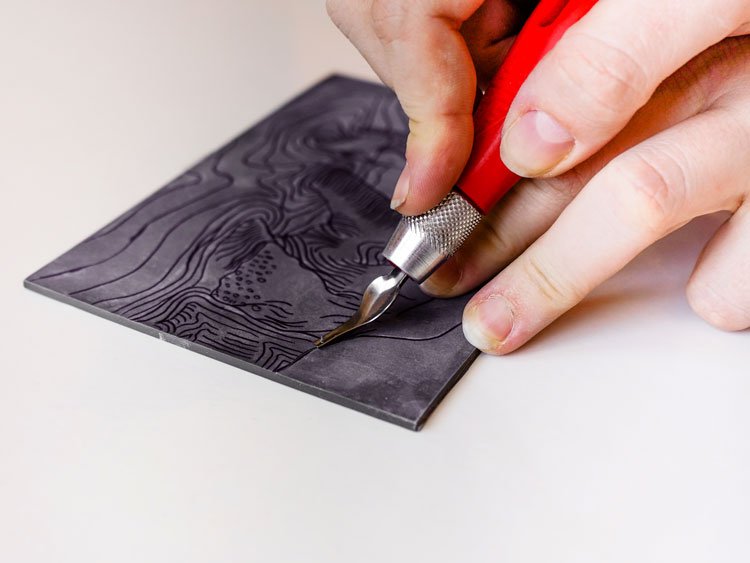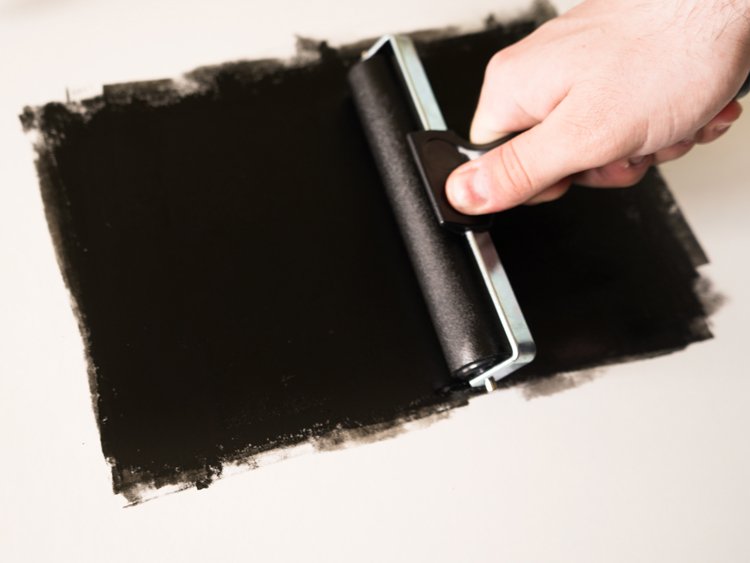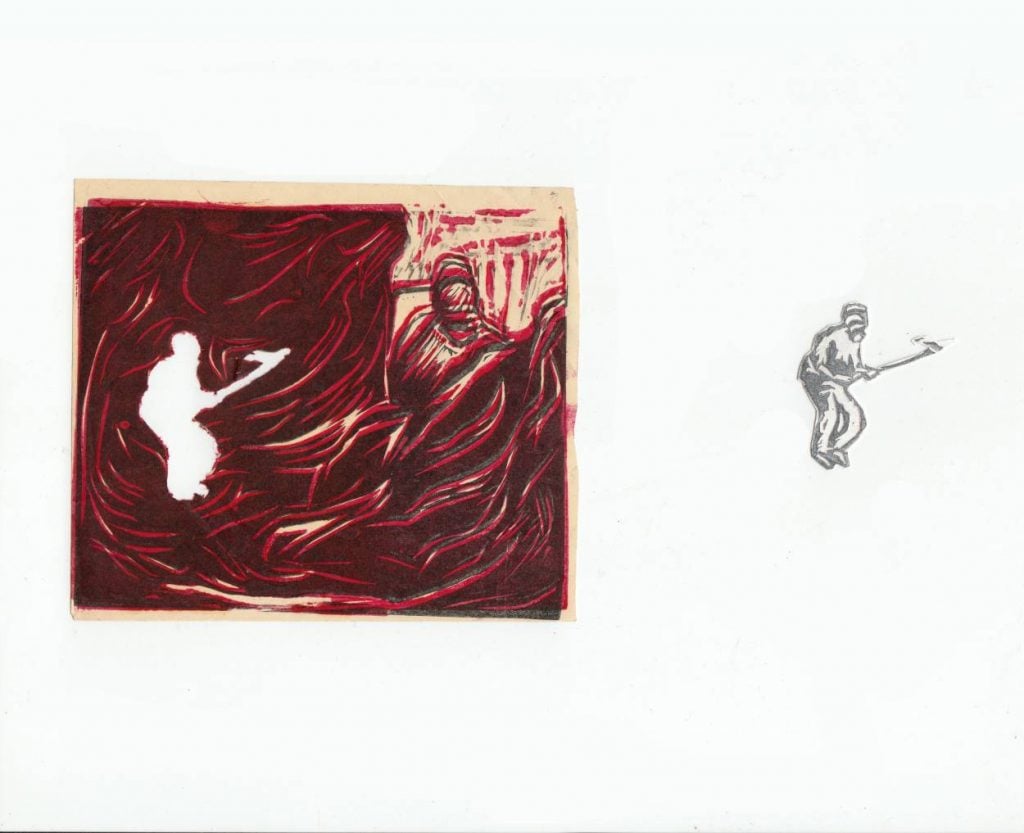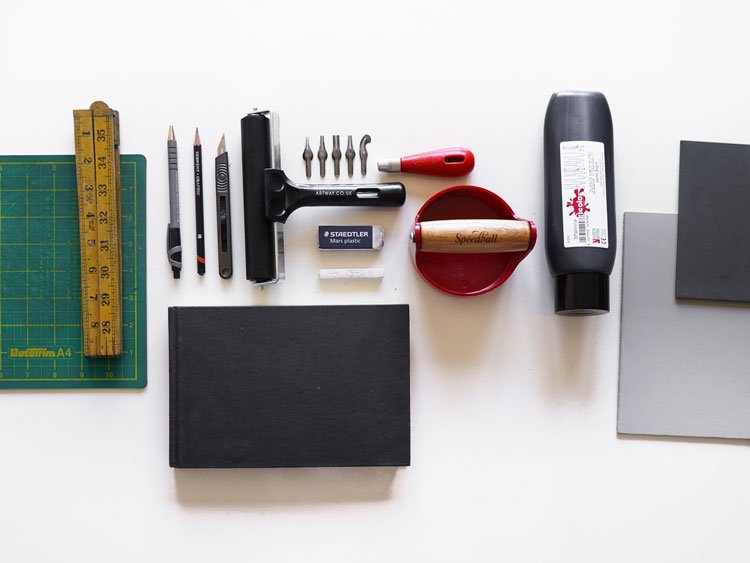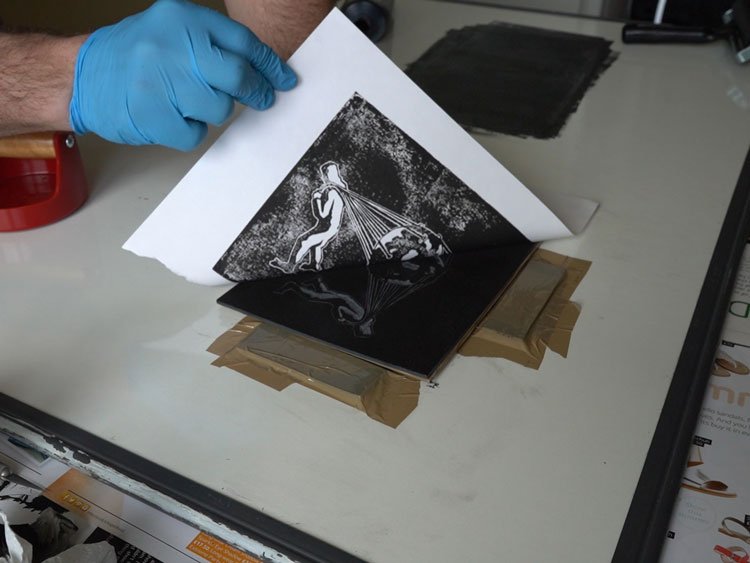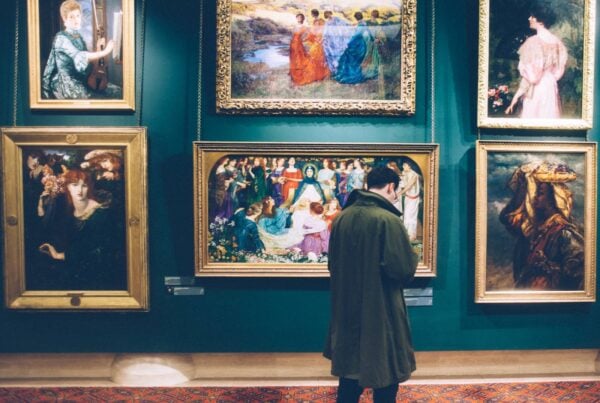Lino printing, also known as linocut, has evolved into a widely respected printmaking technique, favoured by both beginner and professional artists for its versatility, accessibility, and distinctive results. Its rich history stretches back to the early 20th century, when it began gaining traction among artists exploring innovative forms of expression.
Table of Contents
The Origins of Lino Printing
A Material Originally for Flooring
Linoleum, the material used in lino printing, was originally invented in the mid-19th century by Englishman Frederick Walton. Patented in 1863, linoleum was first created as a durable flooring material, made from a combination of cork dust, wood flour, linseed oil, and canvas. This seemingly mundane product would later become an unexpected but essential medium for artists.
Early Developments: From Practical to Artistic Use
The Emergence of Linoleum in Printmaking
It wasn’t until the early 20th century that artists began to experiment with linoleum as a printmaking medium. By this time, linocut emerged as an evolution of woodcut, another relief printmaking method. Unlike wood, linoleum is softer and easier to carve, making it a more appealing option for artists seeking a more straightforward technique. While some dismissed it initially as a less sophisticated material, others recognised its potential for creating bold, graphic compositions.
The early 1900s saw a significant turning point for lino printing. Although there is some evidence of linocut being used by German Expressionists like Erich Heckel, the medium was largely popularised by Pablo Picasso and Henri Matisse. Their exploration of the technique brought linocut into the fine art sphere and demonstrated its potential as a professional art form.
Linocut in the 20th Century: An Expanding Art Form
Picasso’s Influence on Lino Printing
Pablo Picasso, already a pioneer of many artistic movements, began experimenting with linocut in the 1930s, although his most notable work with the medium came later in the 1950s. At this time, Picasso worked extensively with the technique, creating innovative and striking designs. His work in linocut showed the world that linoleum, despite its humble origins, could be used to produce complex, intricate, and multi-layered images.
Picasso’s ability to transform this simple medium into something capable of producing dynamic, vibrant images encouraged more artists to adopt lino printing as a method of fine art production. His explorations involved techniques like reduction printing, where the same block is carved in stages, allowing for the printing of multiple colours from a single block.
The British Printmaking Movement
Linocut also found a home in British art during the mid-20th century. Artists like Edward Bawden and Sybil Andrews used the medium to create works that depicted scenes from everyday life, often influenced by the rapidly changing landscape of industrial Britain. Their works were particularly noted for their clarity, bold shapes, and expressive lines—qualities that lino printing naturally lends itself to.
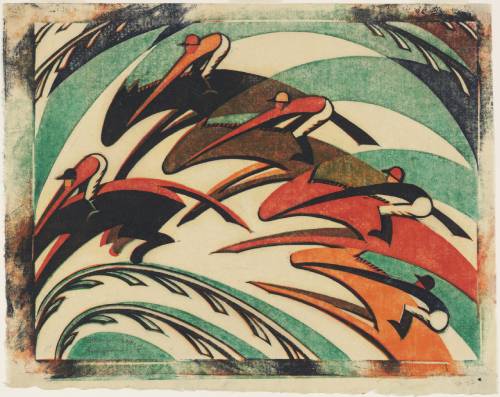
Sybil Andrews – Racing (1934)
Techniques and Methods in Linocut
The Basics of Lino Printing
Lino printing involves carving into a sheet of linoleum to create a relief surface. The areas that remain raised after carving are inked and pressed onto paper, transferring the image. Tools such as gouges of varying sizes are used to carve the linoleum, allowing for fine details or broader strokes depending on the artist’s intention. Once carved, a printing roller or brayer is used to apply lino printing ink to the surface. The print is then created by placing paper on top of the inked lino block and applying pressure, either by hand or using a printing press.

For those new to the process, a comprehensive step-by-step guide to lino printing can be a valuable resource to help you get started with ease.
Reduction Printing
A key technique in lino printing is reduction printing, popularised by Picasso. This process allows for the creation of multi-coloured prints from a single block. The artist first carves and prints the lightest colour, then carves further into the same block to print the next layer, working from light to dark. This method can produce highly intricate designs, but it requires careful planning, as once a section is carved away, it cannot be replaced.
For more information on lino printing methods, feel free to explore our guide on block printing and relief printmaking techniques here.
Modern Resurgence: Lino Printing Today
Accessibility and Popularity
In recent years, lino printing has experienced a resurgence in popularity, especially among contemporary artists and hobbyists. This can be attributed to several factors: the materials required are inexpensive, the process is straightforward and accessible for beginners, and yet the results can be strikingly professional. Artists working in lino printing today often combine traditional methods with modern techniques and materials, experimenting with texture, scale, and subject matter.
Linocut in Fine Art and Illustration
Today, many artists continue to explore linocut’s potential in both fine art and commercial illustration. The bold, graphic quality of linocuts makes them particularly suited to editorial work, poster design, and book illustration. At the same time, fine artists continue to push the boundaries of the medium, often incorporating digital elements, mixed media, and larger-scale work into their practices.
For an insight into the works of famous lino printing artists, visit our guide to relief lino printing artists to discover the creative contributions that have shaped this technique.
The Role of Lino Printing in Art Education
Lino printing has long been a staple in art education, particularly in the UK, where it is often introduced to students at school. The technique provides a relatively accessible entry point to printmaking, offering students the opportunity to develop their skills in carving, design, and composition. The hands-on, tactile nature of lino printing is especially appealing for learners of all ages, providing a rewarding sense of achievement with each completed print.
Conclusion: The Legacy of Lino Printing
Lino printing, with its humble beginnings as a flooring material, has evolved into a respected and beloved art form. From the early experiments of the German Expressionists to the transformative works of Picasso, and now to the artists of the 21st century, linocut continues to thrive as a dynamic method of artistic expression. Its accessibility, affordability, and versatility have ensured its place in both fine art and education, making lino printing a cornerstone of the printmaking world.
For those intrigued by the possibilities of this medium, lino printing kits are readily available for anyone looking to start their journey into this time-honoured art form. Whether you’re a beginner or an experienced printmaker, lino printing offers endless potential for creative exploration.
Begin your artistic journey with our lino printing kits, which cater to artists at any level. These high-quality kits provide all the essential tools to create your own lino prints from the comfort of your home.
Featured Linocut Guides
Check Out Our In Depth Lino Printing Guides




